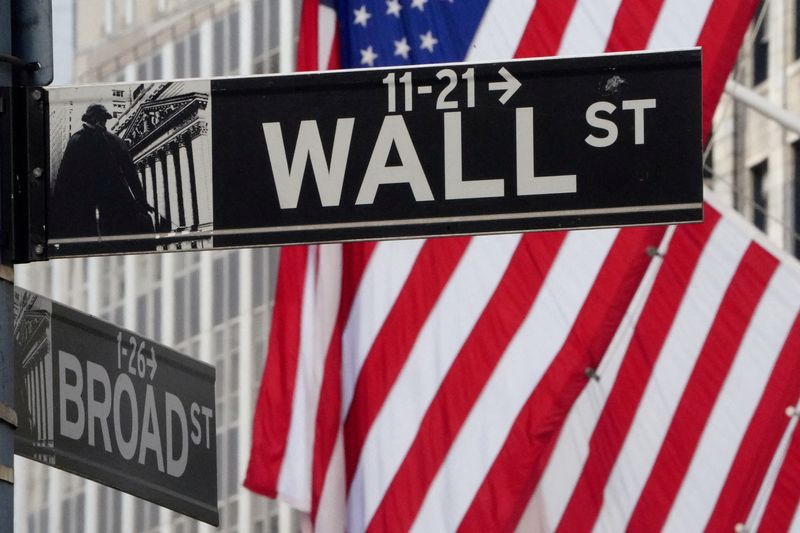By Saqib Iqbal Ahmed
NEW YORK (Reuters) - A sudden surge in U.S. stock volatility this week prompted some traders to blame short-dated options as the culprit, though others say the popular derivatives were just one piece of the puzzle.
Traders got a rude awakening on Wednesday when stocks began sliding in the middle of a sleepy afternoon session. With no market-moving news in sight, many said big trades in so-called zero-day to expiry (0DTE) options contributed to the decline, of 1.5% for the S&P 500.
The benchmark index closed up 1% on Thursday, unwinding much of the previous day's losses - a bounce some analysts said pointed to the sell-off being driven by technical factors, rather than a shift in market sentiment.
Analysts cited a mix of factors such as low year-end volumes and one-sided investor positioning, with short-term options accelerating the market meltdown.
"It's kind of a cautionary tale on holiday illiquidity and low-tolerance for losing trades," said Nomura strategist Charlie McElligott.
Nevertheless, the whipsaw action highlights how 0DTE options have become a market mover this year as their popularity among retail and institutional investors has soared.
While options trading volume hit a record high this year, trading in 0DTE contracts has far outpaced the growth in all other expiry terms, with these short-dated contracts making up about half of S&P 500 options trading, Cboe data from August showed.
PERFECT STORM
When investors buy large amounts of S&P 500 put options, as they did on Wednesday, market makers on the other side of these trades have to square their own risk by selling stock futures throughout the day.
If stocks are weakening, market makers would typically sell faster to protect themselves, potentially exacerbating the downside move, as they appear to have done on Wednesday.
Nomura's McElligott believes the bearish 0DTE trades resulted in some $3 billion of stock futures being sold. At the same time, a large institutional investor was in the midst of an asset allocation trade that involved selling equities and buying bonds, which likely added selling pressure on stocks, McElligott said.
Investors who were bullishly positioned for a "crash up" in stocks were caught wrong-footed, creating fertile conditions for the sharp reversal, he said.
Joe Mazzola, director of trading and education at Charles Schwab (NYSE:SCHW), agrees that a mix of factors drove the sell-off with the options helping supercharge the selling.
"What happened is you had stretched sentiment, you had low liquidity coming into the day and then once people kind of realized that everybody's on the same side of that one trade and you got that catalyst (0DTE options trades) ... that's what caused that move, that air pocket," Mazzola said.
Some analysts worry similar volatile episodes may lurk around the corner, especially as the year winds down, with low expected volumes.

Matthew Tym, head of equity derivatives trading at Cantor Fitzgerald, is concerned that many of the factors behind the recent sell-off could reemerge.
"If we do get into a situation where we really do have bad news in the marketplace, 0DTE could really start to exacerbate the sell-off," he said. " We could get into another situation like the flash crash that we had almost a decade ago."